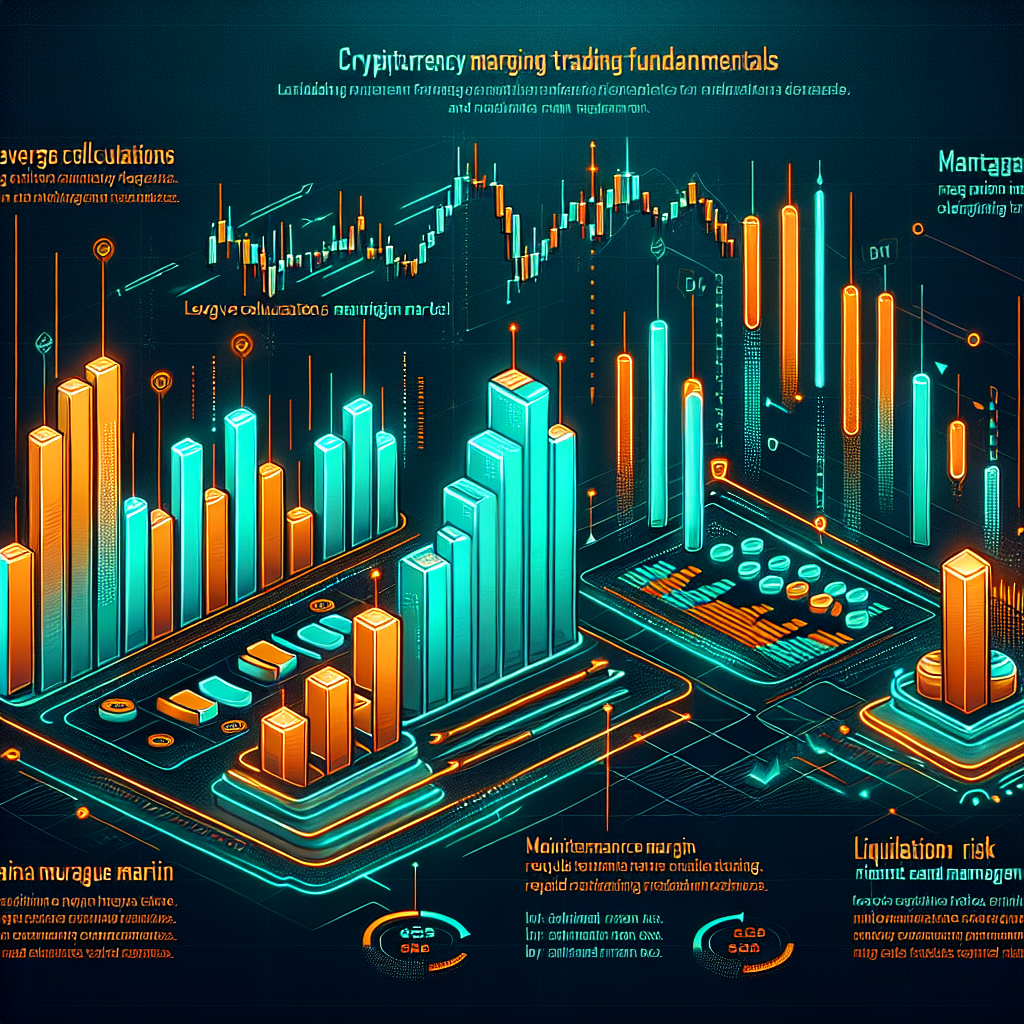Cryptocurrency Margin Trading Fundamentals: Leverage Calculations, Maintenance Margin Requirements, and Liquidation Risk Management

What Is Margin Trading in Cryptocurrency?
Margin trading allows crypto investors to borrow funds from an exchange or peer liquidity pool to amplify position size. Instead of buying 1 BTC with the 20,000 USDT you own, you might deposit that 20,000 USDT as collateral, select 5× leverage, and control a position worth 100,000 USDT. When price moves in your favor, profits are multiplied by the same factor. Unfortunately, losses accelerate just as quickly, so understanding the mechanics of leverage, maintenance margin, and liquidation risk is essential before committing capital.
Understanding Leverage: How to Calculate Your Exposure
Basic Leverage Formula
Leverage is defined as the ratio between the total position value and your initial margin, expressed as:
Leverage = Position Value ÷ Initial Margin
Rearranged, you can also find the maximum position size you control with:
Position Value = Initial Margin × Leverage
Example Calculation
Suppose you deposit 2,000 USDT as collateral in a BTC-USDT perpetual contract and select 10× leverage. Your position value becomes 20,000 USDT. If BTC rises 2%, the gross profit is 400 USDT, yielding a 20% return on your 2,000 USDT margin (2% price movement × 10 leverage). Conversely, a 2% drop wipes out the same 20% of your equity. The exchange will alert you long before that loss reaches 100%, because maintenance margin rules act as a protective buffer.
Maintenance Margin Requirements
Maintenance margin is the minimum amount of equity you must keep in the account to sustain an open leveraged position. Falling below this threshold triggers a margin call or automatic liquidation. Each exchange publishes a maintenance margin schedule, often expressed as a percentage of the notional position size. For small retail positions, maintenance margin typically ranges from 0.5% to 1% of notional value, but the percentage grows as the position size expands to manage platform-wide systemic risk.
How Exchanges Set Maintenance Levels
Exchanges use Value at Risk (VaR) models, historical volatility, and liquidity considerations to establish tiers. A $50,000 BTC position on 5× leverage might require only 0.5% maintenance margin (250 USDT). However, a $5 million position on the same pair could demand 2% maintenance margin (100,000 USDT) to buffer against slippage. This tiered system discourages oversized positions that could destabilize the order book during forced liquidations.
Strategies to Stay Above Maintenance Margin
1. Keep a buffer: Seasoned traders add extra collateral—often 10–20% above required maintenance—so that routine intraday swings do not put them in the danger zone.
2. Scale leverage dynamically: Reduce leverage before major economic announcements or when volatility metrics such as the Bitcoin Volatility Index spike.
3. Monitor unrealized P&L: Exchanges display real-time equity and margin ratios. Set alerts when margin levels approach 120% of maintenance, giving yourself room to react.
Liquidation: When and Why It Happens
Liquidation occurs when your equity equals or falls below maintenance margin. At that point the exchange closes part or all of your position to repay the borrowed funds and protect its insurance fund. Because crypto markets operate 24/7 and can move double-digit percentages in minutes, liquidations are executed automatically by risk engines without human intervention.
Liquidation Price Formula
For a long position in a linear USDT-margined contract, a simplified liquidation price formula is:
Liquidation Price ≈ Entry Price × [1 − (Initial Margin % − Maintenance Margin %) ÷ Leverage]
Assume you long BTC at 25,000 USDT with 5× leverage, initial margin 20%, maintenance margin 0.8%. Plugging in the values:
Liquidation Price ≈ 25,000 × [1 − (0.20 − 0.008) ÷ 5] ≈ 25,000 × 0.9616 ≈ 24,040 USDT
If BTC falls to about 24,040 USDT, your equity equals maintenance margin and the position is liquidated. Notice that a mere 3.8% adverse move wipes you out at 5× leverage.
Risk Management Techniques for Margin Traders
While maintenance margin rules and auto-liquidation systems protect the exchange, they do little to safeguard the trader’s equity. Implementing proactive risk management keeps you in the game long enough to exploit profitable opportunities.
Use Stop-Loss Orders
Place stop-loss orders well before your liquidation price. A popular guideline is to cut the position at 50–70% of the distance to liquidation. Using the earlier example with a 24,040 USDT liquidation price and a 25,000 USDT entry, a stop at 24,500 USDT caps the loss to 2% of notional value instead of 3.8%.
Allocate Position Size Wisely
Small traders are often tempted to max out the highest leverage offered—sometimes 50× or 125×. But real pros size positions so that a single liquidation could never deplete the account balance. One rule of thumb: risk no more than 1–2% of account equity per trade. If you hold 10,000 USDT total, risking 1% means potential loss of 100 USDT. Work backward to find the appropriate leverage and position size that align with that risk.
Monitor Funding and Interest Costs
On perpetual swaps, funding payments exchange hands every eight hours between longs and shorts to anchor contract price to the spot index. Holding a position during periods of extreme positive funding can erode profits or deepen losses. Likewise, borrowed coin-margined positions accrue interest. Factor these ongoing costs into break-even calculations when planning multiday trades.
Key Takeaways
• Leverage multiplies both gains and losses. Calculate position value and effective exposure before hitting the buy or sell button.
• Maintenance margin is your lifeline; dipping below it triggers automatic liquidation. Maintain a healthy buffer and track margin ratios in real time.
• Liquidation prices can be computed in advance. Use them to set stop-losses and decide whether a trade offers an acceptable risk-to-reward profile.
• Risk management is non-negotiable. Combine conservative position sizing, disciplined stop-loss placement, and awareness of funding costs to survive in the high-velocity world of crypto margin trading.
• Knowledge is your best defense. Reread exchange documentation, test strategies in a demo environment, and continuously refine your approach as market conditions evolve.